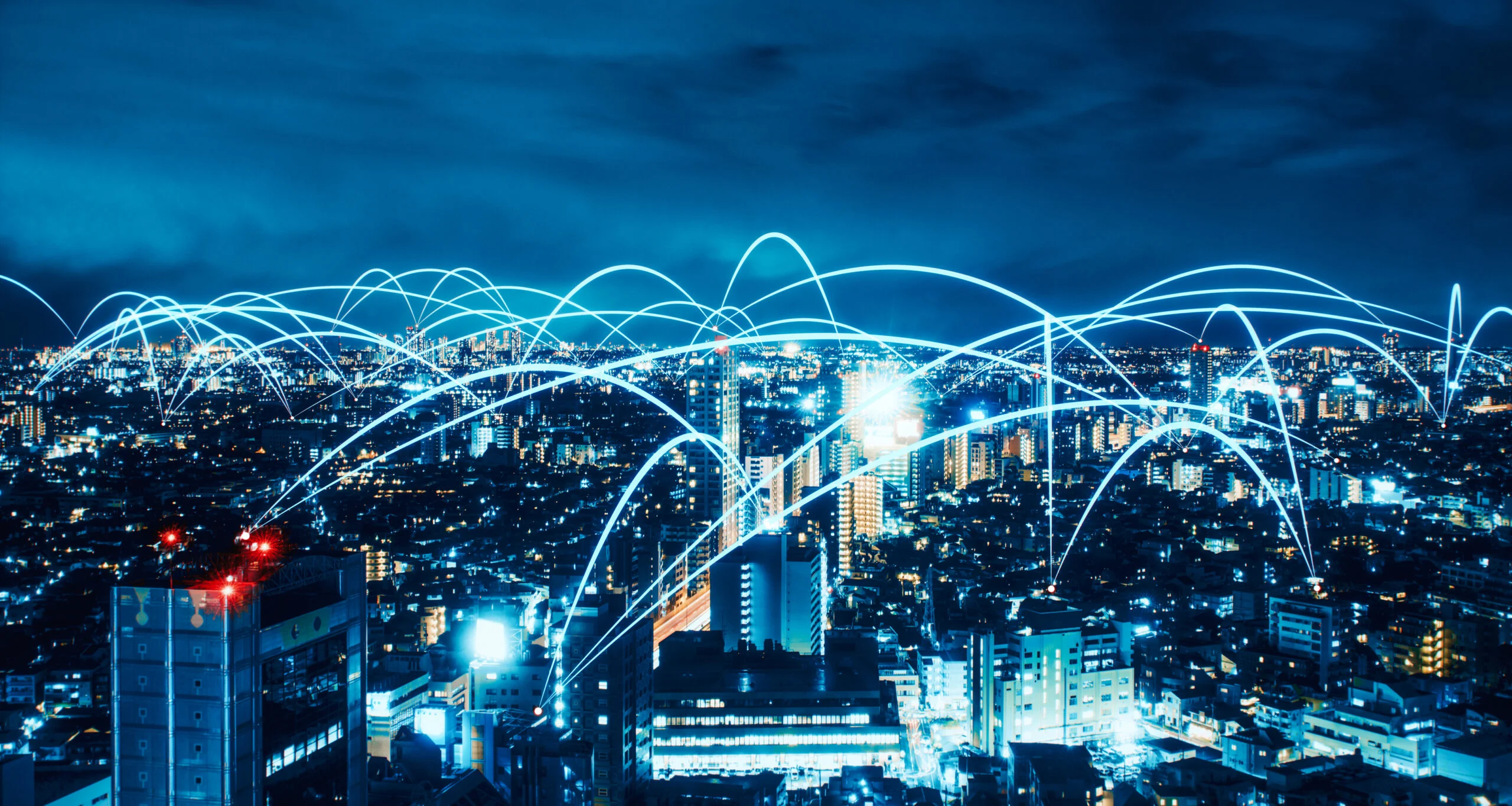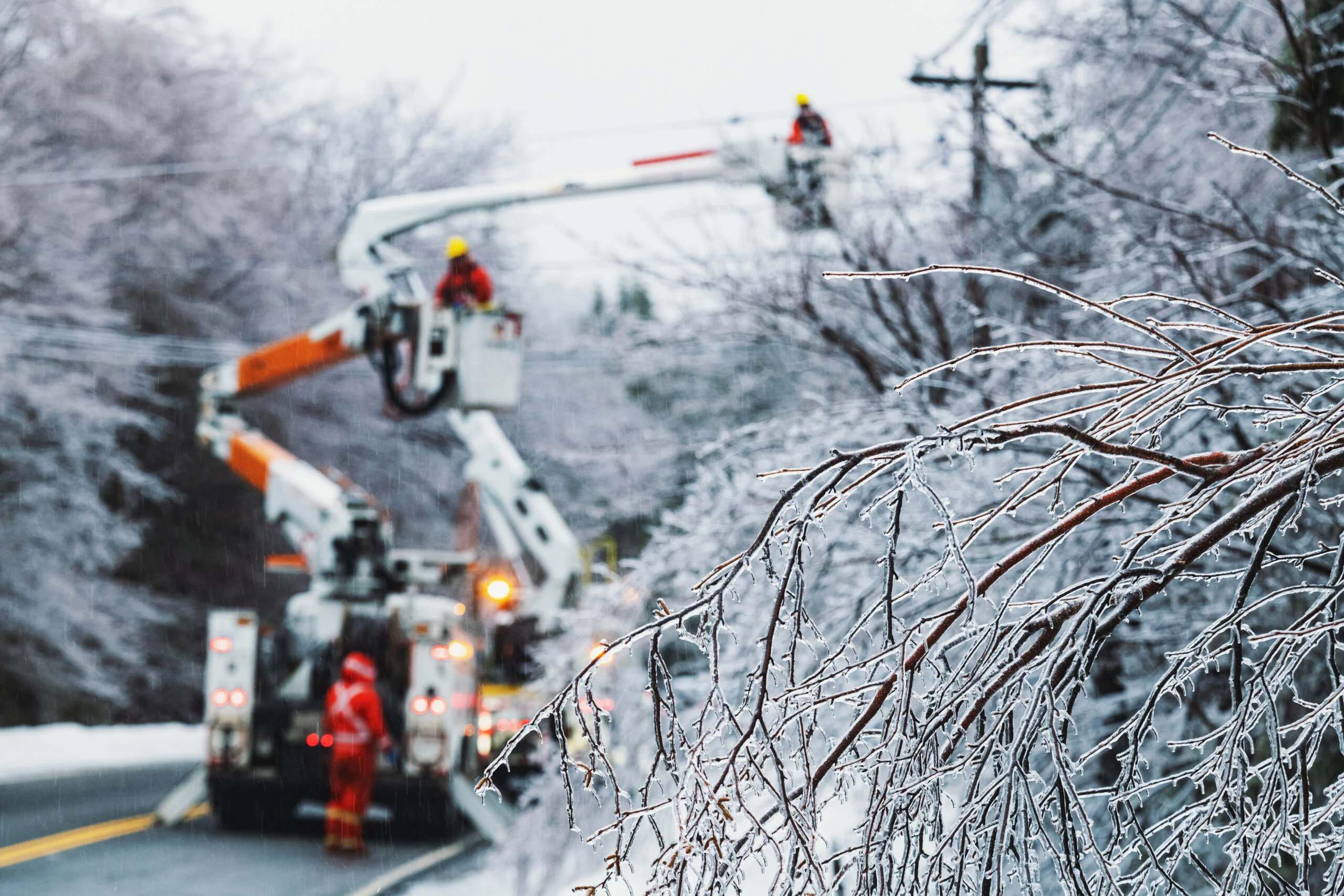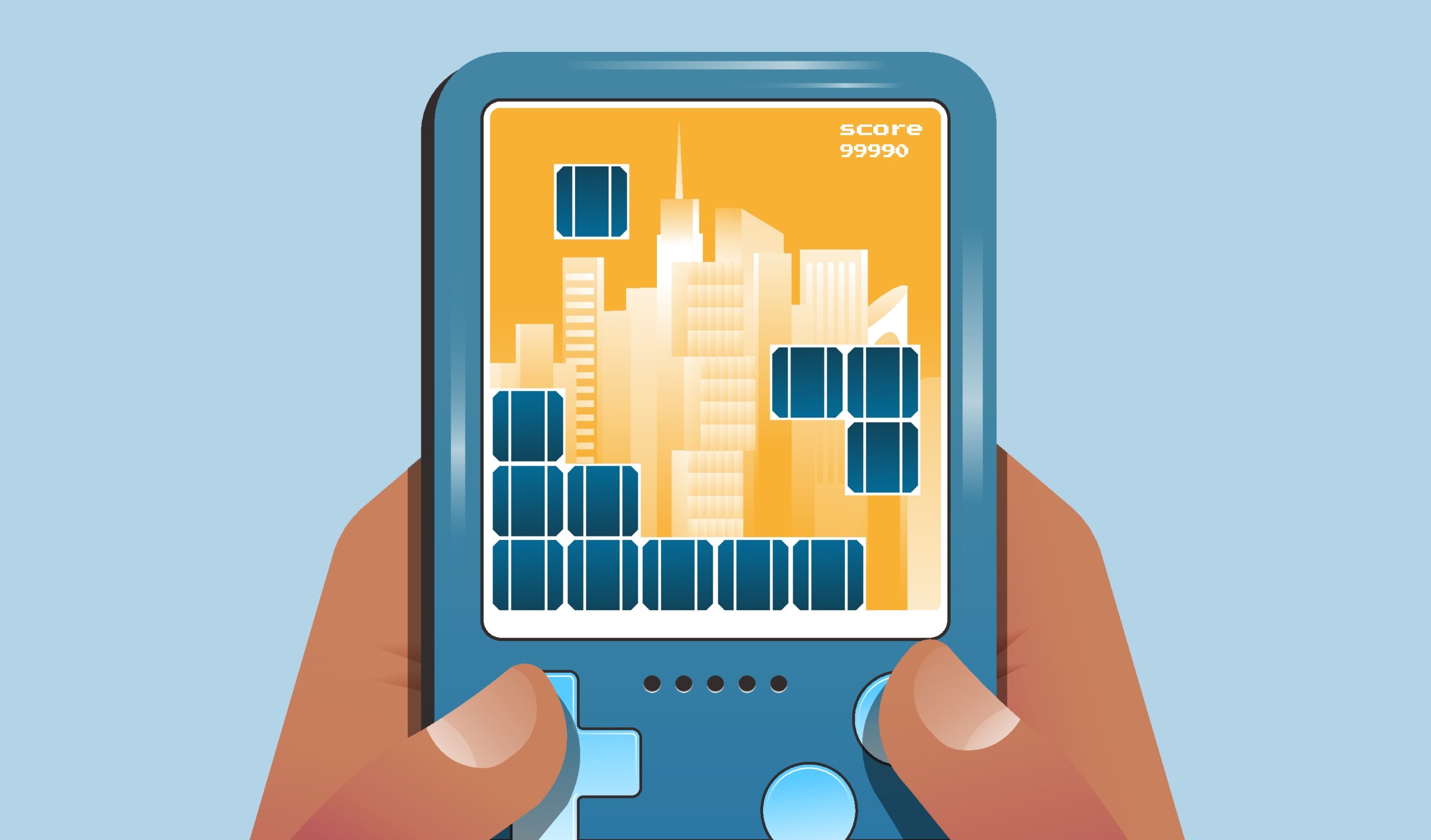As anyone in the renewable energy space can attest, describing the nuances of distributed energy resources (DER) or load shifting to a layman is challenging, to say the least. In fact, when I started at Virtual Peaker, I attempted to explain the concept of demand response to my father. His response? It was something like, “I won’t ever let the utility company control my thermostat.”
As a former customer service rep at a utility operation, this question was a common refrain when demand response was mentioned, and understandably so. As utilities are natural monopolies, it’s understandable that customers would believe that they had limited opportunity or a lack of control. Furthermore, as climate change yields increasingly high temperatures, customers are rightfully concerned about any disruptions to their comfort, justified or not. Fortunately, customer engagement tools exist to help utilities connect, engage, and educate their customer base.
Common Challenges & Solutions
To start, climate change misinformation presents a challenge to utility operators in connecting with the assets they need the most: customers to enroll and participate in their demand flexibility initiatives like demand response. Climate change informs the energy transition, including global efforts at decarbonization and electrification to diversify energy portfolios beyond dirty and costly fossil fuels. These shared efforts are important to mitigating the continued effects of climate change, but even more so are necessary to keep pace with a changing world.
As distributed energy resources (DER) like solar, battery, electric vehicles and EVSE, and smart home devices like smart thermostats and water heaters enable a revolution in residential load shifting for demand response and beyond, utilities have opportunities to engage their communities to work together to save money, while strengthening grid resilience. To that end, education campaigns can go a long way in alleviating these challenges. Let’s look at a few of the more common concerns that foster reluctance in customers to enroll in demand response programs.
Challenge: Lack of Control
Let’s make this clear: utilities can control a customer’s smart thermostat, and in fact have. For example, during the summer of 2021, Houston residents were locked out of their smart thermostats without consent. Customers were understandably outraged, with many customers reporting that they were unaware that they were ceding control of their devices to utilities when they signed up for their demand flexibility program. Others reported that not only were they unaware, but they were never informed ahead of time that they would lose access to their thermostat until after the event had started and customers were already locked out.
While utilities can control a customer’s smart thermostat, to do so requires several caveats that include a utility owning and deploying a grid-edge distributed energy resource management system (DERMS) and customer enrollment in a demand flexibility initiative. Furthermore, a DERMS is only as effective as the APIs that connect otherwise disparate homeowner devices to the DERMS required for device control. In many cases, OEMs limit the amount of these events that utilities can run too, adding further customer protections against unwanted intrusions.
Solution: Always Keep in Touch
Utilities have several opportunities to get ahead of any missed communications with customers. When starting a new program, explain everything in detail and always assume this is someone’s first time with the concept. Having a multi-channel approach is crucial in reaching customers when and where they are. That means sending a series of emails, interacting with customers through mailers, SMS texting, or advertising on social media or in the newspaper, any place where customers might see or receive information. This may also include collaborating with device installers, the people who are installing devices like water heaters, and can inform customers at the point of purchase that they may have new financial opportunities.
Part of that communication should explain in plain language what options customers have during the enrollment and participation process. Is participation mandatory? If a customer elects to opt out, will they still receive whatever incentive is used in the program? Are there any penalties for non-participation?
Lastly, load forecasting technology provides valuable insight into not only load management and energy planning but on the possibility of any upcoming demand events. Beyond just communicating the details and opportunities that customers have, you can keep in direct touch with them before, during, and after a demand response event, which is the kind of transparency that customers want.
Challenge: Safety & Security
Many customers may issue concerns over vulnerabilities to cybersecurity. Research indicates that the digitalization of the electric grid brings many benefits to the grid, but can raise risks as well. In fact, earlier this year the Federal Bureau of Investigation issued a warning to utilities that malicious hackers, state agents looking to undermine the U.S. electricity grid, pose a rising problem.
Solution: Explain All Layers of Protection
While any smart device can be compromised, the distributed energy resources (DERs) necessary for demand response programs feature several layers of cyber protection. That includes the device, grid, and platform level, with security features across all three designed to prevent any malicious tampering.
These features are critical for OEMs, who want to foster the best customer experience possible, including how their products are potentially employed by utility operators. Sharing this information with customers, as well as any pertinent follow-ups about any potential security breaches is an effective way to build trust and rapport with your community.
Educating Utility Customers on Demand Response Conclusion
According to the J.D. Power 2023 Customer Satisfaction Study, customers want transparency from their utilities, as well as an understanding of how they’re working to improve and maintain service. Running parallel to that, the Pew Research Center reports that successive generations are more likely to want sustainable energy practices from their utility operation, which includes programs like demand response, EV managed charging, or virtual power plant functionality. Fortunately, the very real concerns posed by consumers are easily resolvable through robust communication, transparency, and the right customer engagement tools.




